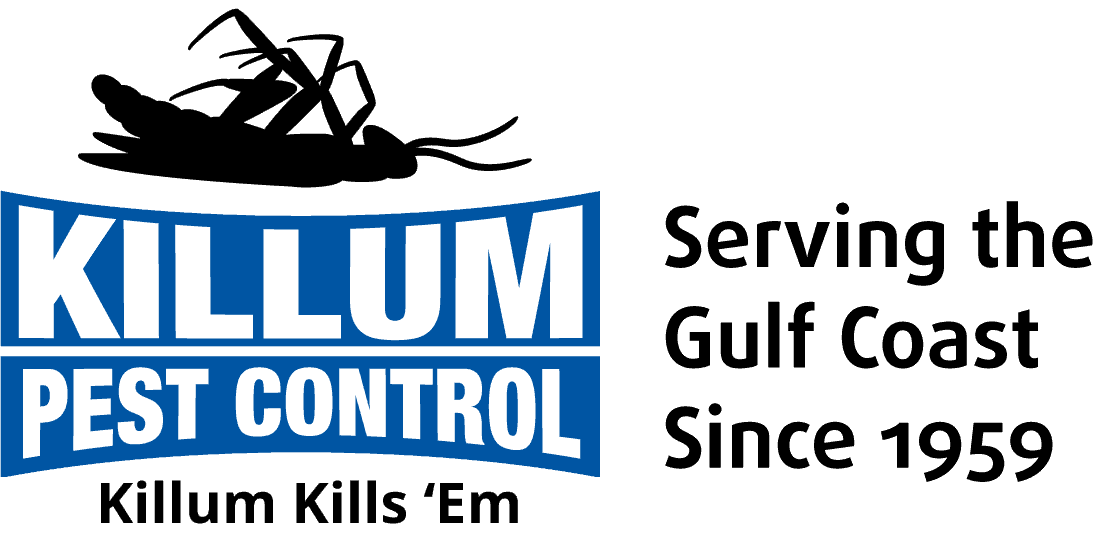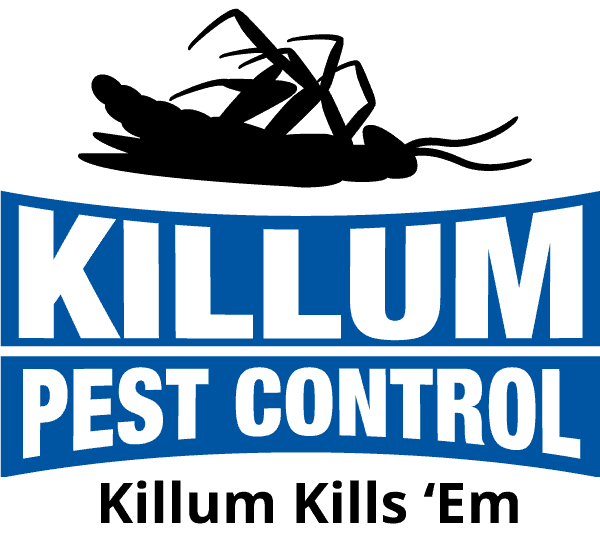Subterranean termites are a major nuisance, and it’s important to know about them if you live in Texas. They can cause serious damage to a home or business. But if you take proper measures, you can keep your property safe from infestation. In this article, we’ll discuss what subterranean termites are, the types of damage they can do, and how to spot an infestation.
Subterranean termite colonies are made up of two main castes: workers and reproductives. The worker caste consists of blind, white-bodied insects that range in size from one-eighth to three-eighths of an inch long. They build mud tubes in order to access food sources and travel between their nest and a food source. These mud tubes also help protect them from predators such as ants and birds. Reproductives have wings and vary in size depending on their species; they fly away from their colony to establish new colonies elsewhere.
In Texas, subterranean termites are most commonly found in damp areas with plenty of wood or other cellulose material for them to feed on. This means they often target homes built with wood siding or decks made of wood materials. To make matters worse, these tiny pests can quickly cause extensive damage when left untreated – sometimes costing homeowners thousands of dollars in repairs! Keep reading to learn more about how to spot an infestation early and take steps to protect your home from these pesky critters.
What Is A Subterranean Termite?
Subterranean termites are a type of insect capable of causing significant damage to wooden structures. They live in colonies that can contain up to two million individuals, and they feed on cellulose found in wood and other plant material. These termites form tunnels underground or inside the wood they infest, making them difficult to detect until it’s too late.
In Texas, subterranean termites are found almost everywhere, but they’re most common in the eastern parts of the state. They’re typically active from March through October and prefer moist environments with plenty of food sources. To protect homes from these pests, homeowners should be sure to keep their yards free of dead organic material such as mulch or fallen leaves, as this attracts termites. Additionally, people should regularly inspect their homes for signs of an infestation such as mud tubes or discarded wings near windows and door frames.
If signs of an infestation are found, it’s important to seek help right away to prevent further damage. Professional pest-control services can identify areas where termites have infiltrated your home and provide treatments to destroy them before they cause serious destruction. Taking proactive steps now will save you time and money in the long run.
Subterranean Termite Habits And Characteristics
Subterranean termites are a major pest problem in Texas. These insects live underground and feed on cellulose, which they find in wood, paper, and other materials made from plants. Subterranean termites can cause extensive damage to homes, businesses, and other structures. Here’s what you should know about their habits and characteristics.
Subterranean termites form large colonies that can include thousands of individuals. They build mud tubes along walls, floors, and other surfaces to help them stay moist while they look for food sources. They prefer damp locations such as basements or areas near leaking pipes or water sources.
Subterranean termites typically swarm during the spring months. During this time, winged adults leave the colony in search of suitable nesting sites where they can start new colonies. If you see swarms of flying insects near your home or business, contact a pest control professional to identify whether or not it is a subterranean termite infestation.
TIP: To prevent a subterranean termite infestation, make sure all areas around your home are free of moisture buildup and check regularly for mud tubes that could signal an active infestation. Taking these steps now could save you hundreds—or even thousands—of dollars in repairs down the line!
Subterranean Termite Damage In Texas
Subterranean termites cause severe damage to structures in Texas. These pests are capable of eating through wood and other materials, compromising the integrity of buildings. They can be found below ground, where they burrow and create colonies that can destroy a structure over time.
It is important to recognize the signs of subterranean termite infestation as soon as possible so that control measures can be taken before significant damage occurs. Common indicators include mud tubes along walls or foundations, discarded wings near windowsills or doors, and swarms of flying reproductive termites during spring months.
If an infestation is discovered, it’s vital to contact a pest management professional for help eradicating these insects from the property. The pest management specialist will assess the situation and develop a plan to eliminate the colony and prevent future occurrences. Ignoring an infestation could lead to costly repairs or even total structure collapse. Taking action now can save money and headaches in the long run.
Identifying Subterranean Termite Infestations
Subterranean termites can cause extensive damage to homes in Texas. Identifying an infestation early is key to preventing costly repairs. This article will provide helpful tips on how to spot a subterranean termite infestation.
The most common sign of an infestation is the presence of mud tubes, which are tunnels that the insects use to travel from their underground nests to the wood they’re consuming. These tubes look like mud-covered twigs or pencils and can be found along walls, window sills, and other areas where wood meets the ground.
Other signs of an infestation include small piles of sawdust near wooden structures and damaged wood that sounds hollow when tapped on with a screwdriver. If you find any of these signs inside or around your home, it’s important to contact a pest control expert for help with eradication.
TIP: Don’t wait until too much damage has been done! A single subterranean termite colony can consume up to 6 feet of 2×4 lumber in as little as 6 months—so time is of the essence when it comes to identifying and treating an infestation.
Subterranean Termite Prevention Tips
It’s important to understand how to prevent subterranean termite infestations. After all, the damage these pests can cause can be costly. So, let’s look at some prevention tips that homeowners in Texas should keep in mind.
First and foremost, it’s important to keep your home free of moisture. Subterranean termites are attracted to moist areas and need a constant source of water in order to survive. This means making sure your foundation is sealed properly, gutters are cleared regularly, and any leaks or drips are fixed right away.
Finally, you’ll want to make sure wood materials on or near your home are kept dry and not in contact with soil or mulch. This includes decks, fences, siding, and other structures. If you do find any wood that is damp or wet, discard it immediately as this could be an indication of a potential infestation. Taking these preventive steps will go a long way towards protecting your home from subterranean termites in Texas.
How To Minimize Subterranean Termite Infestations
When it comes to subterranean termites, prevention is key. It’s important to know how to minimize the chances of an infestation occurring in the first place. This article will discuss some effective methods for deterring these insects from your home or business.
One of the most important steps in prevention is reducing potential nesting and food sources around your property. Make sure all wood sources are treated with a borate solution, and check for any water damage or areas that can collect moisture such as leaky pipes. Additionally, be sure to keep firewood away from your building’s foundation and trim back any tree branches touching it.
If you live in an area prone to termite attacks, it’s wise to establish a regular pest control program as well as yearly inspections by a professional exterminator. These professionals can identify potential problem areas and provide preventative treatments if needed. Additionally, they can evaluate existing structures for any signs of subterranean termites and suggest ways to protect them from future infestations. Taking these steps now can save you time, money, and hassle down the road.
By following these tips and utilizing professional services when needed, you can keep your property safe from harmful subterranean termite infestations and enjoy peace of mind knowing your investment is secure.
Signs Of Subterranean Termite Infestations
Subterranean termite infestations can be difficult to spot, but there are certain signs that can alert you to their presence. It’s important to recognize these signs early on in order to take the necessary steps to minimize the damage they cause.
The most common indication of a subterranean termite infestation is the presence of mud tubes or shelters along walls or foundations. These mud tubes are used by the termites to transport food and moisture up from the soil where they live. If you see them, it’s likely that there’s an infestation nearby. Other signs include small piles of sawdust or wings near windows or doors and hollow-sounding wood when tapped with something like a screwdriver.
If you notice any of these signs, it’s important to contact a pest control professional right away as they will be able to assess the situation and take steps towards resolving it. The sooner you catch an infestation, the easier it’ll be for your pest professional to get rid of them and prevent further damage from occurring.
Take note of any potential signs and keep an eye out for them around your home if you want to minimize the risk of a subterranean termite infestation. Early detection can go a long way in preventing costly repairs in the future.
Treating Subterranean Termite Infestations
Treating subterranean termite infestations is an important part of protecting your home from these pests. While the most effective treatment for a subterranean termite infestation is usually to hire a professional pest control service, there are steps you can take to reduce and prevent these infestations yourself.
First, it’s important to reduce the moisture in and around your home, as moist wood is attractive to subterranean termites. To do this, make sure that all water sources such as gutters and downspouts are properly managed and direct water away from your home. Additionally, be sure to repair any leaks or plumbing issues that would allow moisture into your home.
You can also use baiting systems or barrier treatments to stop subterranean termite activity near the foundation of your house. Baiting systems require monitoring; however, they can be highly effective at killing off entire colonies of subterranean termites. Meanwhile, barrier treatments involve treating soil around the perimeter of your home with chemical insecticides that will kill any nearby termites.
In order to protect your home from damage caused by subterranean termites, it’s essential to take preventative measures as well as treat any existing infestations you may have. Hiring a professional pest control service is often the best way of doing this; however, following some simple steps like reducing moisture levels and using baiting systems or barriers can help keep these destructive pests away from your property.
The Benefits Of Professional Subterranean Termite Control
When it comes to subterranean termites, DIY control methods may seem tempting. After all, why hire a professional when you can do it yourself? However, there are some distinct advantages of enlisting the help of a professional pest control company.
At Killum, we have access to specialized pest control products and tools that you won’t have in your home. This means a much more effective solution than trying to handle the problem with over-the-counter products or even home remedies that may not be as effective. There’s peace-of-mind in knowing that an experienced technician is handling the job correctly means you can rest assured that your home is protected from further damage and infestation. Also, we guarantee our treatments so you know you’re getting quality service.
No matter your situation, whether you’re dealing with an existing infestation or looking to prevent one in the future, Killum can help with your termite problem. Give us a call at 979-297-9993.






